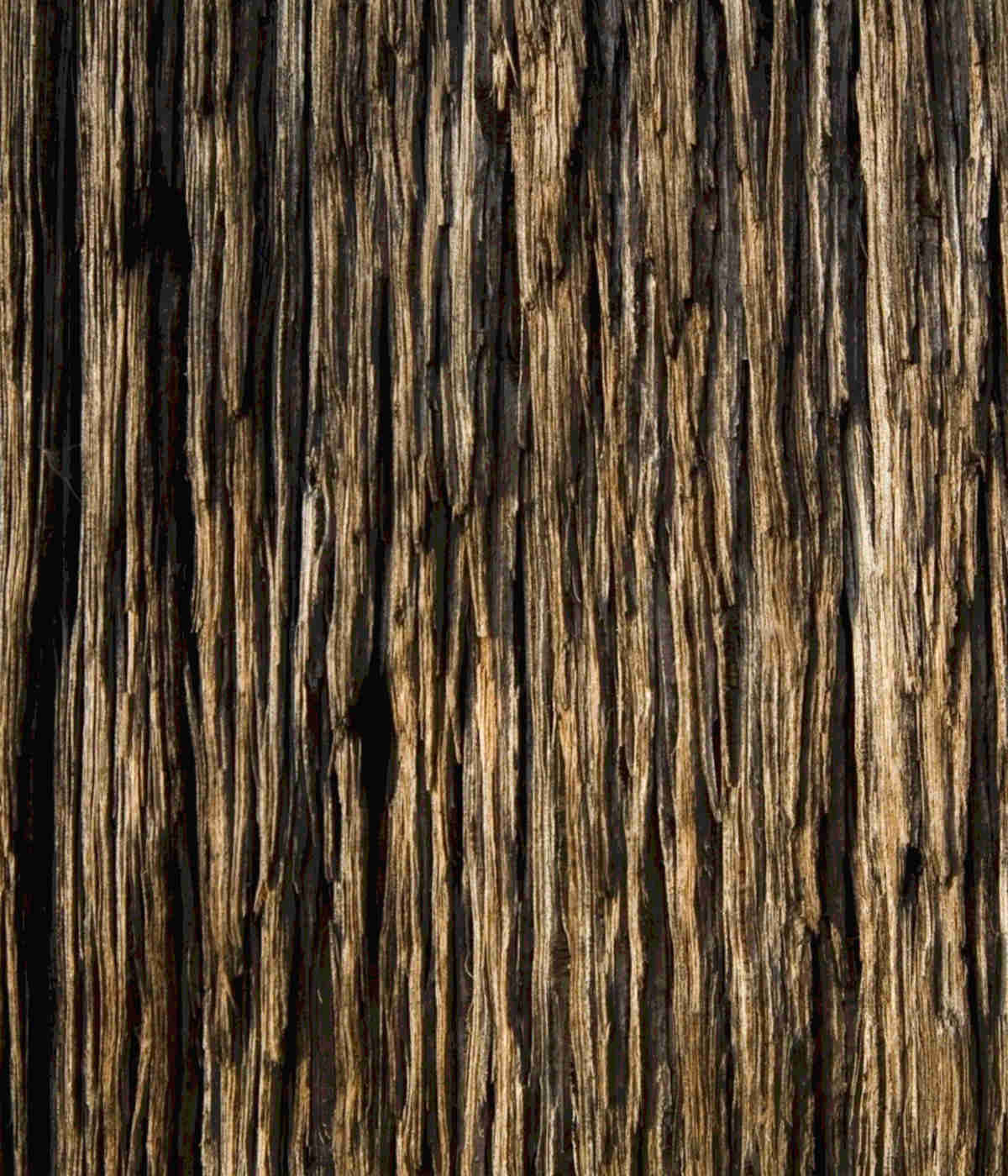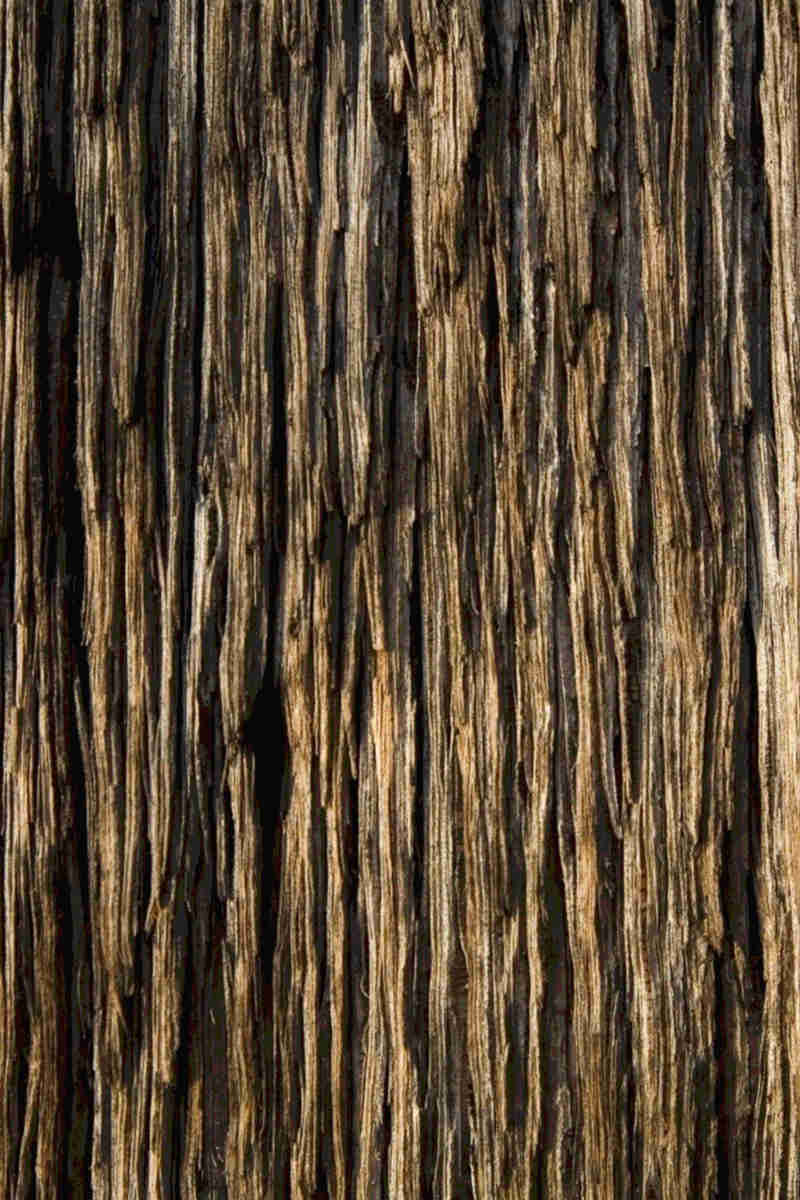Adding mulch to your garden and trees will improve the health of the soil and beautify the appearance of your landscaping.
Weed Control
- Cover garden beds with a layer of mulch to keep weeds down and reduce the need for water. Annual weed seeds are less likely to sprout when the soil is covered with enough mulch to keep the soil surface in the dark. To mulch your trees pull it back several inches so that the base of the trunk is exposed.
Water
- When it comes to water, even a thin layer of mulch (nature’s moisturizer) will reduce evaporation from the soil surface. Thicker mulches can reduce water use by as much as 50 percent.
- Mulch new plants with straw or chopped leaves after planting in the fall to prevent root damage during winter. A little mulch used immediately after planting can help to keep the soil moist and encourage continued root growth.
Seasonal Care
But the main reason to mulch lies ahead, in winter. Alternately freezing and thawing, expanding and contracting soil can break new roots or even push new plantings out of the ground, a process called frost heaving.
By mulching generously with an airy material like straw when the soil first freezes, you can help keep the soil frozen until winter ends, at which point the mulch can be removed.
Mulching allows you to recycle nature’s products to replenish your garden so that nothing is wasted, and in the process, your garden will look greener and healthier.
We offer two types of mulch that we would be happy to install for you: double-hammered hardwood mulch and plain woodchips.
- Double-hammered hardwood mulch is processed twice to speed decomposition and return nutrients to the soil faster.
- Plain wood chips would be used if you prefer the slower decomposition of wood chips at a reduced cost.
Whichever mulch you prefer, you can be sure that it will be top quality and will enhance the plant and tree life, and vegetation on your property.




